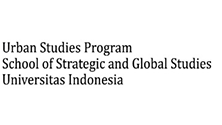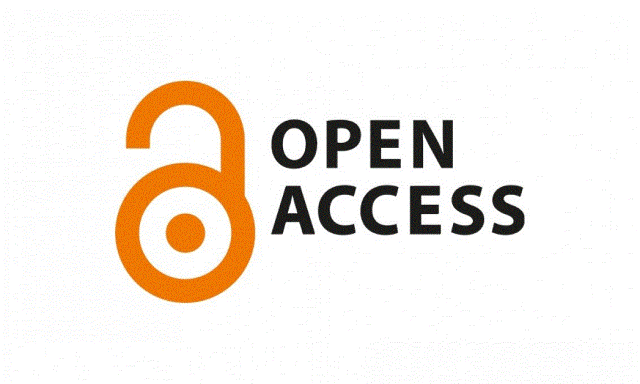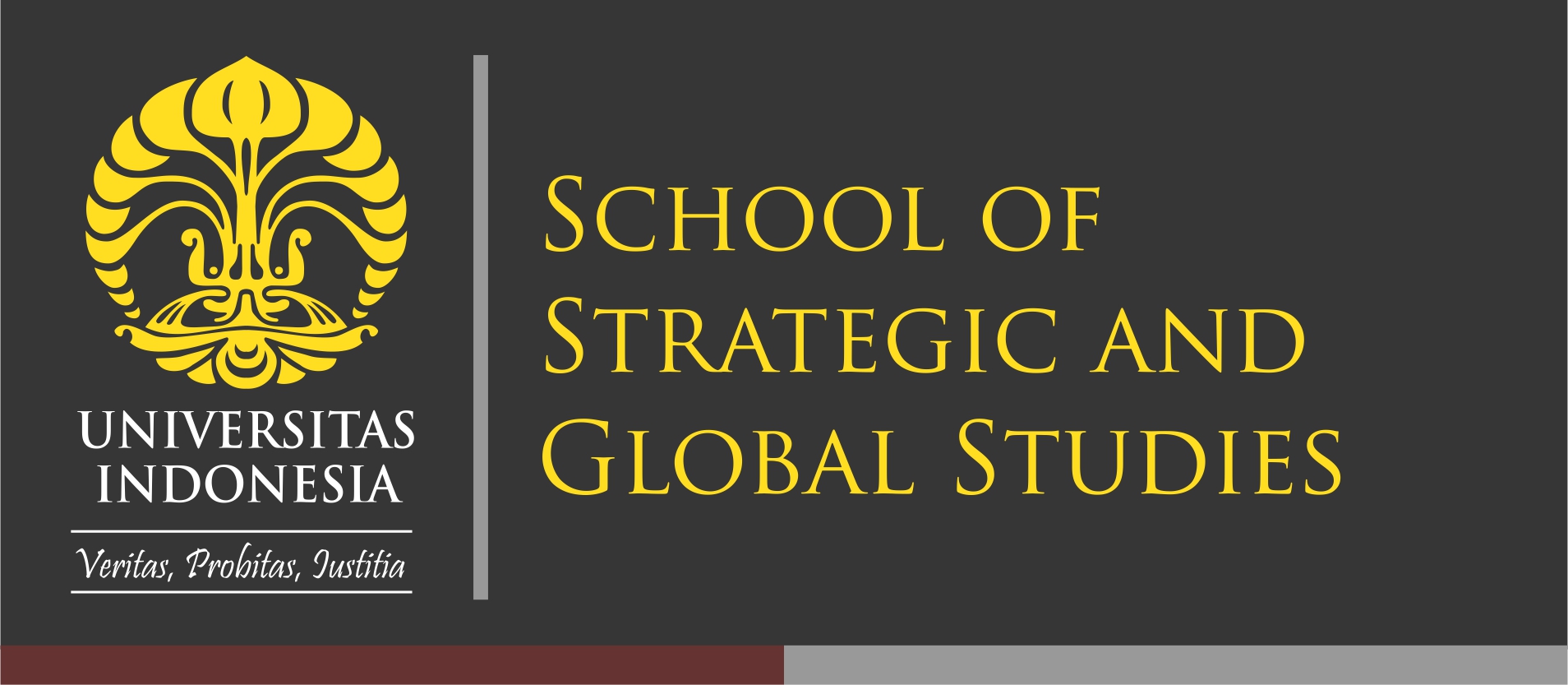Abstract
Background: This research discusses the analysis of zumba in the network (online or online) during the Covid-19 pandemic and after the Covid-19 pandemic with the perspective of socio-cultural change.
Aims: The aim of this research is to analyze the implementation of online Zumba and its sustainability after the pandemic.
Methods: The research method used in this research is literature study and interviews which are then analyzed within the framework of the interactional dimension of socio-cultural change theory. The interactional dimension of socio-cultural change theory is defined as a symptom of changing social structures and cultural patterns in a society. The interactional dimension of socio-cultural change theory has five aspects, namely: changes in frequency, changes in social distance, changes in intermediaries, changes in rules or patterns, and changes in interactions.
Results: The results of literature analysis and interviews state that there has been an increase in the frequency of online zumba, adjustments to social distance, changes in intermediaries, changes in rules, and changes in interactions.
Conclusion: Online zumba is a new sports business segment that has been maintained after the Covid-19 pandemic with adjustments to become hybrid zumba classes. Hybrid Zumba is carried out by combining members who attend in person and members who attend online. Even though the YouTube platform now has a variety of zumba videos, online zumba is recognized as superior because of the two-way social interaction between instructors and members.
References
Akmal, L. N., & Izam, H. (2017). Effect of Zumba Dance on The Management of Stress – A Survey. International Journal of Current Research, 9(6).
Apituley, L. D. T., H.C.Pangemanan, D., & Sapulete, I. M. (2021). Pengaruh Olahraga Terhadap Coronavius Disease 2019. Jurnal Biomedik, 13(1), 111–117.
Chairani, I. (2020). Dampak Pandemi Covid-19 Dalam Perspektif Gender di Indonesia. Jurnal Kependudukan Edisi Khusus Demografi Dan Covid 19, 39–42.
Gunawan, A., Polii, H., & Pengemanan, D. H. C. (2015). Pengaruh Senam Zumba Terhadap Kebugaran Kardiorespiratori Pada Mahasiswa Fakultas Kedokteran Universitas Sam Ratulangi Angkatan 2014. Jurnal E-Biomedik (EBM), 3(1).
Harrison, L. (2016). Metodologi Penelitian Politik. Jakarta: Kencana.
Kasiyan. (2015). Kesalahan Implementasi Teknik Triangulasi Pada Uji Validitas Data Skripsi Mahasiswa Jurusan Pendidikan Seni Rupa FBS UNY. Jurnal Imaji, 13(1), 1–13.
Kemenkes RI. (2022). PPKM di Indonesia Resmi Dicabut. Sehatnegeriku.Kemenkes.Go.Id. https://sehatnegeriku.kemkes.go.id/baca/rilis-media/20221230/0042128/ppkm-di-indonesia-resmi-dicabut/
Lavita, & Tarigan, S. S. G. (2021). Kajian Adaptasi Pusat Kebugaran disaat Pandemi Covid-19. Prosiding Seminar Nasional Desain Sosial 2021.
Liu, B. (2022). Internet-Based Aprroaches to Designing an Online Fitness Platform. Journal of Healthcare Engineering, 9113569.
Martono, N. (2012). Sosiologi Perubahan Sosial: Perspetif Klasik, Modern, Post Modern dan Post kolonial. Rajawali Pers.
Prabowo, I., Hndrayana, Y., Ma’mun, A., Berliana, & Setiawan, E. (2020). Motivasi Berolahraga Zumba Pada Wanita: Studi Survei Online. Jurnal MensSana Jurnal Ilmiah Bidang Pendidikan Olahraga, 7(1), 63–70.
Putri, T. F., & Bastaman, W. N. U. (2021). Pengembangan Motif Pada Busana Activewear Zumba untuk Wanita di Kota Bandung. Jurnal Moda, 3(1).
Rahayuni, K. (2020). Kesehatan Mental Atlet Indonesia saat Pandemi COVID-19: Tantangan, Rekomendasi dan Peluang Riset. Jurnal Sains Keolahragaan Dan Kesehatan, 5(2), 105–121.
Schiff, Nancy Trisari Hermawijayawan, D. R. (2017). Pengaruh olahraga Senam dan Zumba Dance Terhadap Peningkatan Kemampuan Aerobik. Jurnal Kepelatihan Olahraga, 10(1).
Suminar, T. ., Kunanik, N. ., & Wiriawan, O. (2017). High-Impact Aerobic and Zumba Fitness on Increasing VO2 Max, Heart Rate Recovery and Skinfold Thickness. Journal of Physics, 947.
Suri, M., Sharma, R., & Saini, N. (2017). Physiological Responses of Zumba: An Overview Understanding The Popular Fitness Trend. Indian Journal of Physical Education, Sports & Applied Sciences, 7(4).
Recommended Citation
Hernandi, Redidzia; Afandi, Aisyah Arimurti; ., Asfarinal; and Nandhito, Garrin Alif
(2023)
"Analysis of Online Zumba Post Covid-19 Pandemic: Case Study of A Fitness Center in Kemang, South Jakarta,"
Cities and Urban Development Journal: Vol. 1:
No.
2, Article 1.
DOI: 10.7454/cudj.v1i2.1010
Available at:
https://scholarhub.ui.ac.id/cudj/vol1/iss2/1







